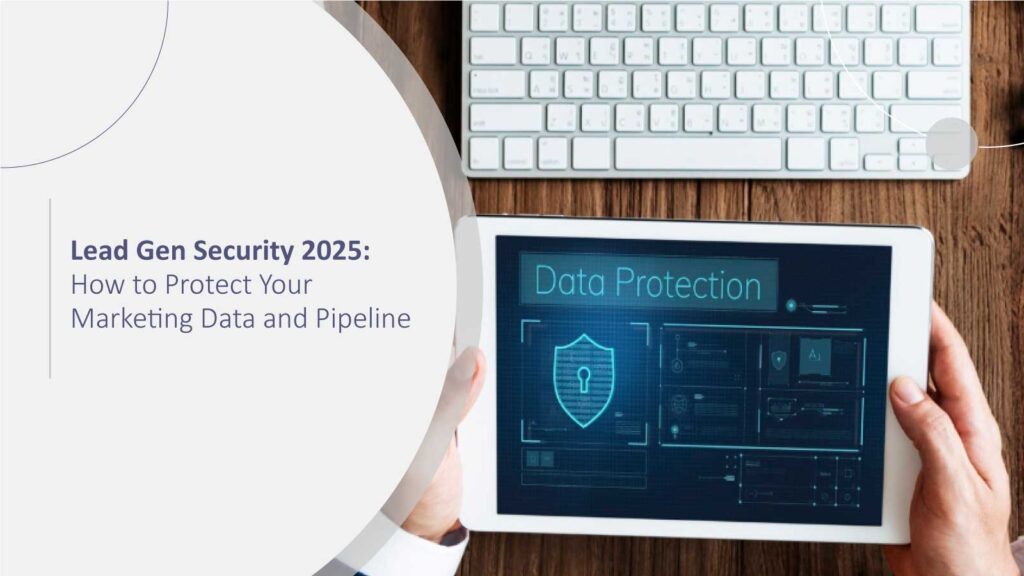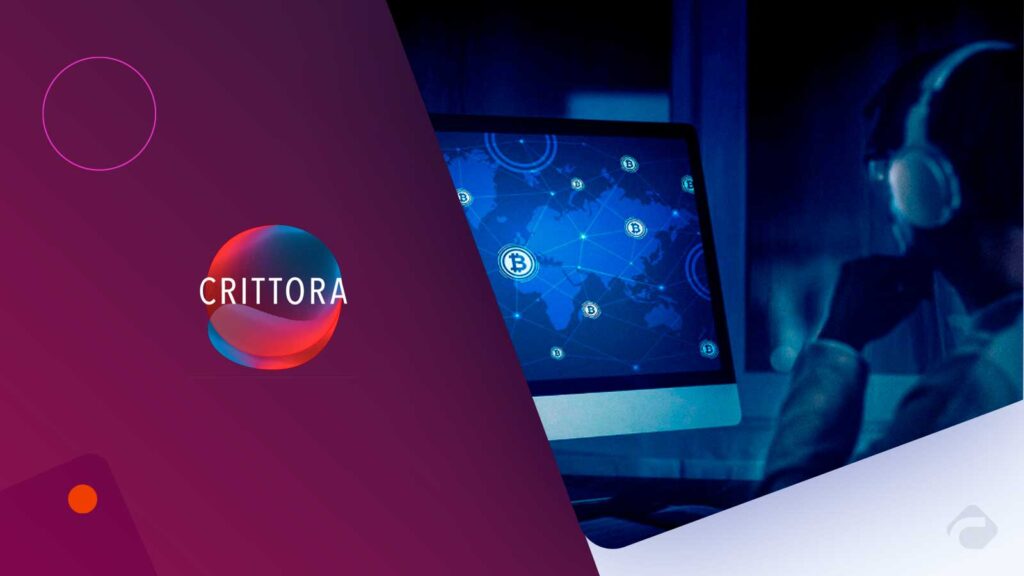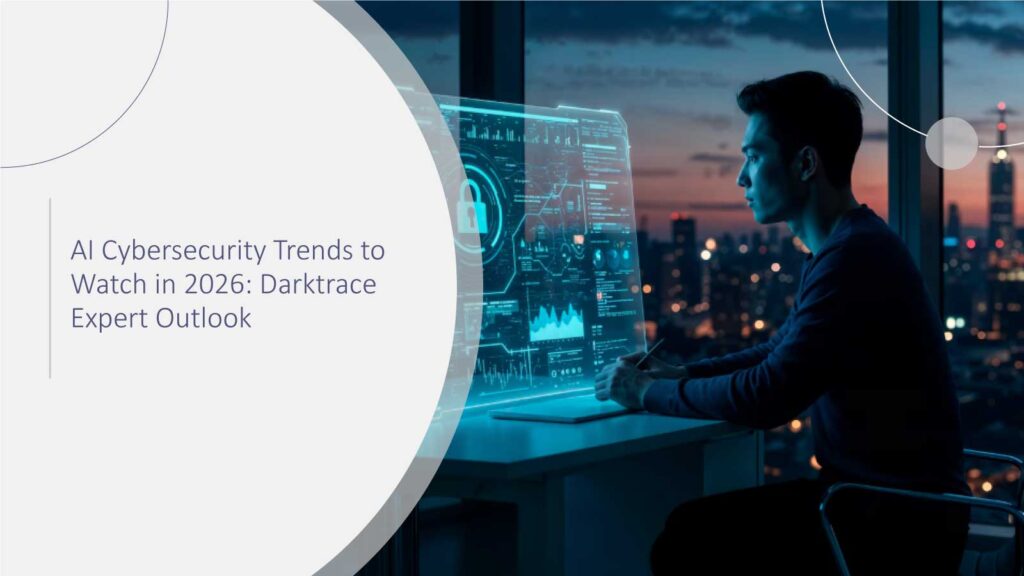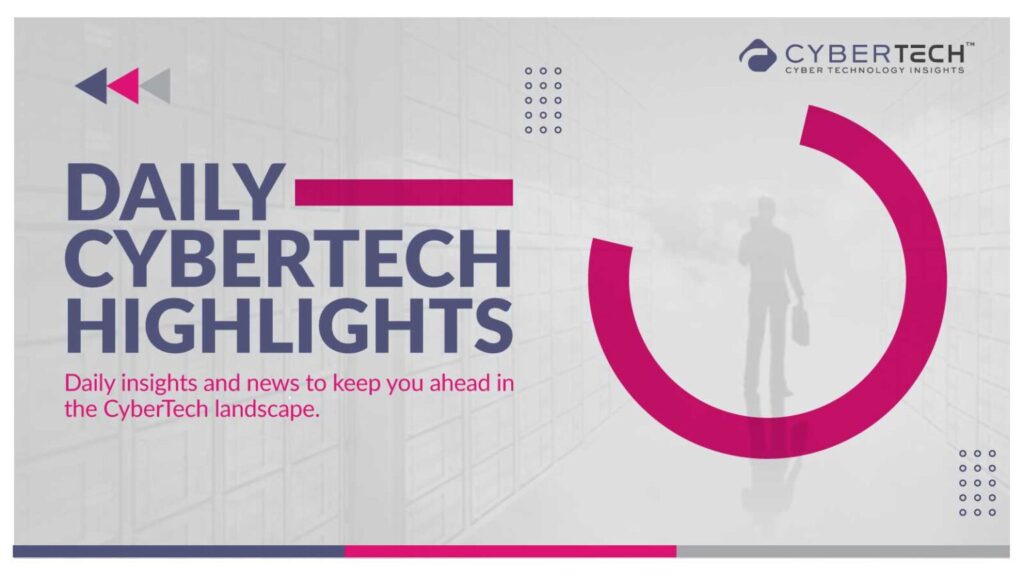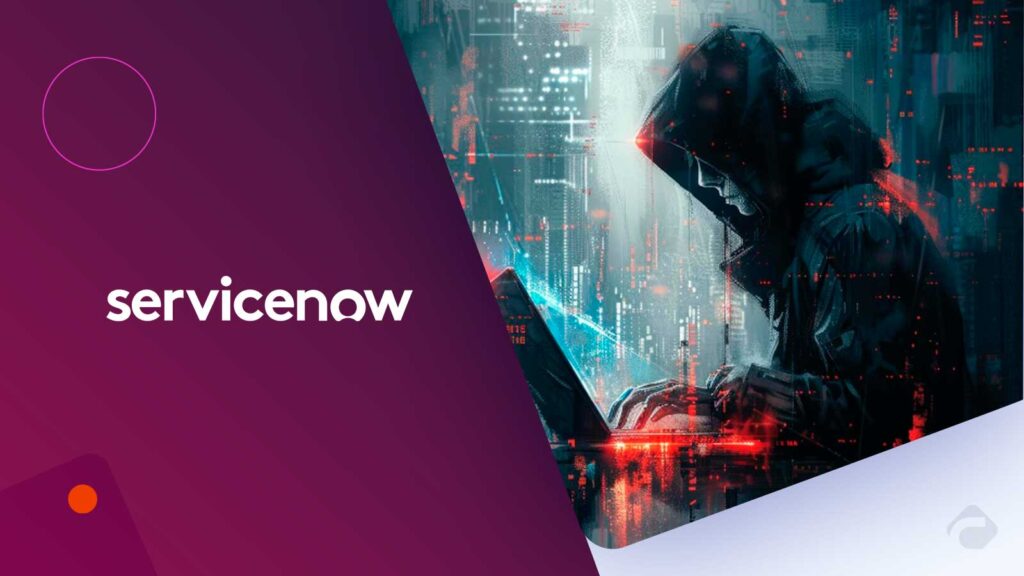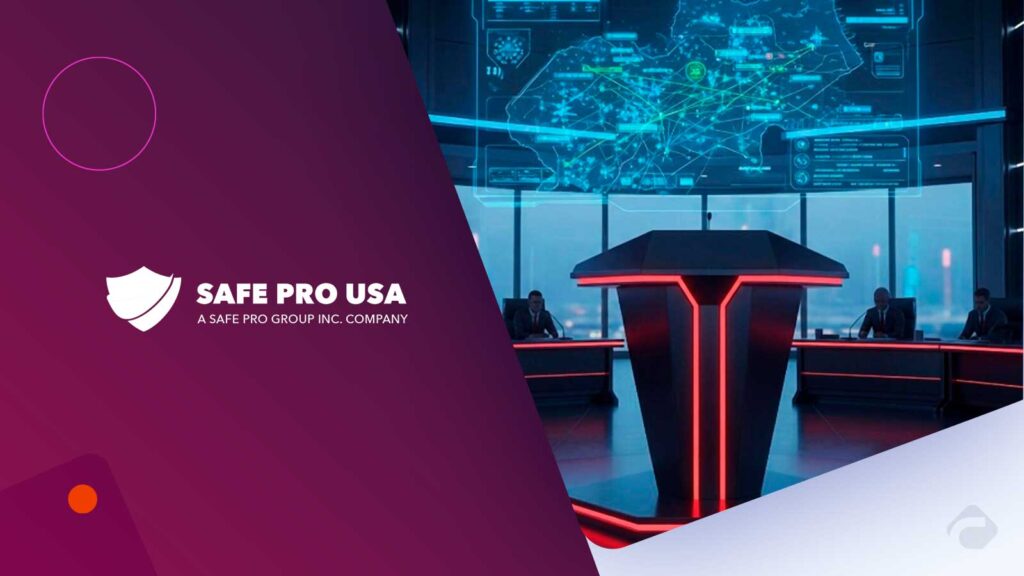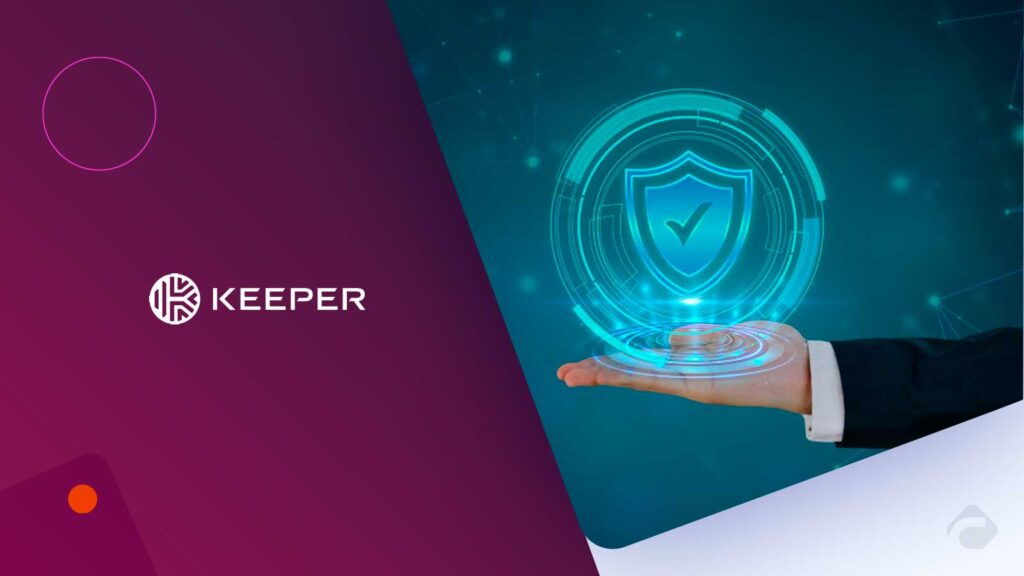Lead generation in 2025 would still be primarily about bringing in new leads, but would also emphasize sustaining and guaranteeing the marketing process of the company. The trend of businesses employing digital channels for lead capture has become a vital concern in lead gen security. The necessity for data protection has escalated to a record-high level. The task of lead gen system and data protection has, due to the increasing cyber threats, the stringent enforcement of the data privacy regulations, never been so enormous.
According to Gartner’s 2024 Cybersecurity Survey, 65% of IT leaders believe their current security defenses are insufficient to counter advanced AI-driven threats targeting sensitive marketing and lead generation data.
The Shift in the Threat Landscape
Nowadays, companies can avail themselves of a multitude of tools to augment their potential client base. However, while this interconnectedness has been a blessing in some ways, it has also been a curse because it has made it easier for hackers to find new targets. Sixty-five percent of global IT leaders surveyed believe that their cybersecurity arsenal is not enough to defeat the new AI-assisted cyber threat, as these threats grow in strength and complexity. Examples of these threats are AI-powered phishing, deepfake impersonation, and polymorphic malware that can break into the security of your lead generation activities.
Moreover, the use of AI in cybersecurity has not only meant strengthened networks but also the existence of new weaknesses. McKinsey’s 2024 State of AI in Security report indicates that 61% of security executives consider AI agents a new type of uncontrollable insider threat, reinforcing the need to adapt lead gen security strategies.
Sixty percent of IT executives are of the opinion that AI agents represent a new type of insider threat that is uncontrollable and, hence, businesses should update their security measures to guard against the threats posed by this technology.
The Weight of Regulations and Adhering to the Rules
Besides the existence of cyber threats, companies now have to deal with the complicated and confusing regulations that are all over the place. Regulations such as the General Data Protection Regulation (GDPR) and the California Consumer Privacy Act (CCPA) stipulate very strict ways in which personal information of individuals must be handled by companies. Non-compliance with these regulations can result in not only exorbitant fines but also the loss of the company’s good name.
For instance, the Federal Communications Commission (FCC) located in the United States has set new regulations for lead generation that are meant to stop illegal text messages and robocalls from happening. The most important aspect of these requirements is the need for companies to get express consent from the person before any marketing communication is sent, which is indicative of the need for leads to be collected through safe and clear processes.
Ways to Absolutely Secure Your Lead Generation Pipeline
If you really want to be sure of the safety of your marketing data and the security of your lead generation pipeline, you might consider deploying the following techniques.
1. Data Encryption and Secure Storage
Everything that leads to data, both in transit and at rest, should be encrypted. Gartner’s 2024 Security & Risk Management report confirms that 78% of potential breaches could be mitigated through proper encryption and secure storage practices. Information that is very private should be stored in securely managed servers and databases so that the chances of unauthorized access to this information are minimized. The application of encryption standards makes it so that even if data is intercepted, it is still indecipherable to the attackers.
2. Multi-Factor Authentication (MFA)
Multi-factor authentication (MFA) should be installed on all the platforms that are engaged in lead generation. One more layer of security that MFA provides is that it would be almost impossible for a hacker to gain access to your setup without the user being asked to provide more than one verification factor.
3. Regular Security Audits
Conduct security audits on a regular basis that will detect and fix the loopholes in your lead generation systems. The regularity of the audits allows you to be ahead of the security problems curve.
4. Employee Training
Introduce data security to your employees as an important issue through best practice sessions. Frequently, human errors are the weakest links in security systems; thus, it is very important for a company to cultivate consciousness across the corporate culture. Regular training can support employees in detecting phishing attacks and realizing the importance of strong passwords. According to the Ponemon Institute’s 2023 Cybersecurity Human Factor Study, 82% of breaches involve human error, highlighting the critical need for ongoing employee training in secure lead management.
5. Secure Lead Capture Forms
The security of the lead capture forms should be the key feature when designing them. Add CAPTCHA to prevent spamming and make sure that the forms are protected against SQL injection. Also, not a lot of information should be required at the initial stage of the interaction, so that the probability of data is reduced.
6. Implement Zero Trust Architecture
Adopt the Zero Trust security model, which basically means that threats could be there whether they are inside the network or outside of it. Such a model does not give access to any user or device without verification first, thus, lead generation systems are made more secure. Forrester’s 2024 Zero Trust eXtended (ZTX) Framework finds that organizations adopting Zero Trust models reduce breach impact by up to 50%, making it a strategic necessity for protecting lead generation pipelines.
7. Leverage AI for Threat Detection
Install AI-powered threat detection systems that can serve as your real-time monitors and alarm triggers for suspicious activities. AI can quickly examine vast datasets to find regular and abnormal behavior, thus allowing rapid action against the new threats and cutting down the severity of the attacks.
The Role of Technology in Enhancing Lead Gen Security
One of the accomplishments of technology is that it opens the doors to reinforcing measures that increase the safety of lead generation.
AI-Powered Threat Detection: The use of AI makes it possible to monitor and detect any unusual activities in a given location immediately, thus making a quick response to any threat very simple. Gartner’s 2024 AI Security Applications report predicts that by 2026, 69% of organizations will deploy AI-driven threat detection solutions, strengthening protection for sensitive lead generation data.
Blockchain for Data Integrity: With the help of blockchain, companies will be able to confirm that lead data is completely original and has not been changed or tampered with in a straightforward way, with less chance of fraudulent activity. According to Deloitte’s 2024 Blockchain in Security Report, 54% of enterprises are exploring blockchain solutions to ensure data integrity, making it particularly effective for securing lead generation systems.
Secure Communication Channels: Communication with leads should always take place via encrypted communication channels that are safe and secure to ensure privacy.
Conclusion
In the crazy world of digital marketing, securing your lead generation pipeline is not only a mere technical requirement but a strategic imperative. The adoption of not just a strong security system, but also being proactive about the latest challenges and issue regulations will enable companies to shield the valuable marketing data and gain the loyalty of their customer base.
FAQs
1. What is lead generation security?
Lead generation security encompasses all measures for collecting, protecting, and securely storing data obtained from engagement activities aimed at prospective customers, to prevent it from being accessed by unauthorized individuals, leaked, or exposed to other cyber threats such as malware attacks.
2. Why is lead gen security important?
The more personal data that is collected, the more important lead gen security becomes so as to maintain the trust of customers and comply with data protection laws.
3. How can I secure my lead capture forms?
You can increase the safety of your lead capture forms by implementing CAPTCHA, secure protocols, e.g., HTTPS, and software updates regularly.
4. What technologies can help in securing lead generation?
The main technologies that may be used for securing lead generation are the fusion of AI-powered threat detection, blockchain for data integrity, and open communication channels for encryption.
5. How often should I conduct security audits?
Regular security audits should be conducted no less than four times a year in order to uncover and rectify vulnerabilities in lead generation systems.
For deeper insights on agentic AI governance, identity controls, and real‑world breach data, visit Cyber Tech Insights.
To participate in upcoming interviews, please reach out to our CyberTech Media Room at sudipto@intentamplify.com.

